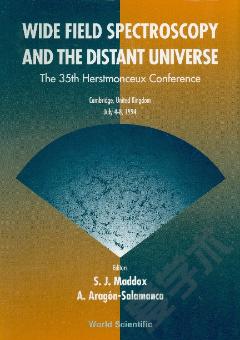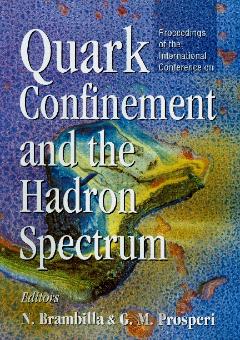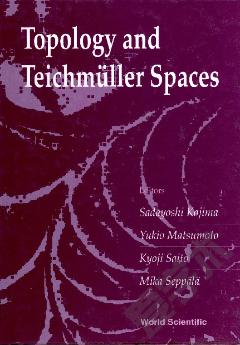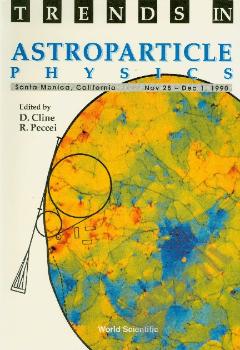Wide Field Spectroscopy And The Distant Universe - Proceedings Of The 35th Herstmonceux Conference
Galaxies represent the most readily visible fabric of the cosmos. Their morphological types, luminosities and environmental surroundings contain valuable clues as to their origin and evolution. Locally, a strong correlation is seen between galaxy morphology and environmental location; this may have been molded at surprisingly modest redshifts. Spectroscopic and photometric studies of deep fields also suggest remarkably recent changes in the galaxy population. The associated growth of structure during the same interval can be tracked via X-ray studies of distant clusters of galaxies.Very recently, impressive observational facilities have been completed, each of which has extended the astronomers' dataset to look-back times where such evolutionary effects can be studied.This volume discusses surveys which share a common theme — the need for a large number of ground-based spectra. It focuses on the various approaches via a single theme concerned with the evolution of galaxies and their distribution. In the near future, impressive new observational facilities will be able to generate large statistical spectroscopic surveys, and the aim of this volume is to assess the scientific impact that ongoing and future spectroscopic surveys can make. Emphasis is placed on the role of non-optical and satellite facilities and the co-ordination of international efforts.
{{comment.content}}








 京公网安备 11010802027623号
京公网安备 11010802027623号